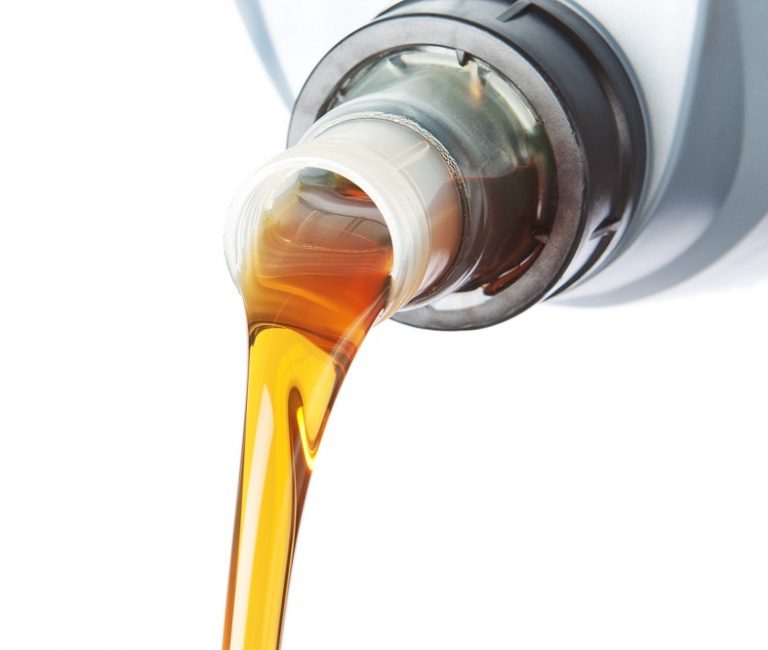Nowadays, according to the progress of industries and the increase of vehicles and industrial devices, the consumption of lubricants is an obvious part of human life. The most important liquid lubricants are lubricating oils, which are used to reduce friction and prevent wear of moving metal parts that are in contact with each other. This goal is achieved by creating a thin layer of lubricant between the parts. Each lubricating oil consists of a base oil and a variety of additives to contain the required specifications.
Base oils are the main components of lubricating oils and are generally divided into three categories: mineral, synthetic and natural.
:Paraffinic oils
Today, most of the lubricants used in machinery are made from paraffinic oils. These oils are made up of normal hydrocarbons and iso (branched) hydrocarbons. Paraffinic molecules can form wax crystals at low temperature. Paraffinic oil is a mixture of different hydrocarbons, and most of the wax in it is removed from the oil by the waxing process. Compared to naphthenic oils, paraffinic oils have the following properties:
- High resistance to oxygen
- Higher melting temperature
- Higher viscosity index
- Low volatility and therefore high flash point
- Low specific weight
Naphthenic oils:
Naphthenic oils are monocyclic or polycyclic saturated hydrocarbons. Compared to paraffinic oils, these oils have the following properties:
- Not very good resistance to oxidation
- Lower drop point due to no wax
- Lower viscosity index
- Higher volatility and as a result lower flash point
- Higher relative density
- Better solvent properties
They are generally used for low temperature range and when low pour point is required.

1- Mineral base oil (Mineral):
Mineral base oil includes two groups of paraffinic and naphthenic oils obtained from refining crude oil.
Types of mineral base oil
1_ Paraffinic oils:
Today, most of the lubricants used in machinery are made from paraffinic oils. These oils are made up of normal hydrocarbons and iso (branched) hydrocarbons. Paraffinic molecules can form wax crystals at low temperature. Paraffinic oil is a mixture of different hydrocarbons, and most of the wax in it is removed from the oil by the waxing process. Compared to naphthenic oils, paraffinic oils have the following properties:
- High resistance to oxygen
- Higher melting temperature
- Higher viscosity index
- Low volatility and therefore high flash point
- Low specific weight
2_ naphthenic oils:
Naphthenic oils are monocyclic or polycyclic saturated hydrocarbons. Compared to paraffinic oils, these oils have the following properties:
- Not very good resistance to oxidation
- Lower drop point due to no wax
- Lower viscosity index
- Higher volatility and as a result lower flash point
- Higher relative density
- Better solvent properties
They are generally used for low temperature range and when low pour point is required.
API classification of base oils:
American Petroleum Institute API
The American Petroleum Institute has classified mineral oils into three groups according to their quality:
Group I base oils (solvent refined): Group I
Base oils of group two (hydroprocessed/catalytic hydrogenation): Group II
Base oils of group three (intensive hydroprocessing): Group III
The following table shows the API classification of mineral base oils and the comparison of their properties:
Base oils are usually introduced with the symbol SN, which stands for Solvent Neutral, along with a number that determines its viscosity.
The following table shows the variety of base oils produced in the country, which are classified according to Kinematic Viscosity at 100 degrees Celsius:
- Synthetic base oil:
A synthetic base oil is a product produced from a chemical reaction (synthetic) of two or more simple compounds containing essential additives. The base feed, which is in the form of a synthetic softener, is placed in a molecular regeneration process to obtain the desired chemical and physical properties.

